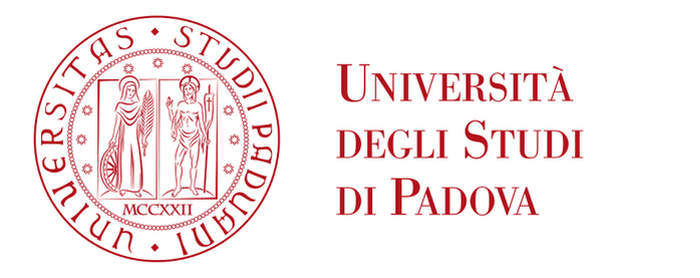Graduate Seminar 2025-2026
List of Seminars
Video recordings at Unipd's portal "Mediaspace"
(Click on title for abstract)
- 6 November 2023, h. 16:30, Ludovico Morellato (Padova, Dip. Mat.), Letting AI untie the Knots video
-
20 November 2025 h.14:30, Davide Massenz (Padova, Dip. Mat.), Isoperimetric problem in the Heisenberg group video
-
17 December 2025 h.15:30, Gaia Bombardieri (Padova, Dip. Mat.), Evolving geometries: an introduction to Mean Curvature Flow video
Ludovico Morellato, "Letting AI untie the Knots"
Abstract. In Knot Theory, one of the main interests is understanding when two knots are equivalent: even if they look completely different, one could actually be continuously deformed into the other. Our main tool for this purpose are the topological invariants associated to a knot. However, computing them is not in general an easy task: it boils down to make a sequence of choices, a rather difficult work for us human. This is why, in recent years, mathematicians have begun using AI-driven solutions to compute these invariants, hoping that machines can identify patterns within the apparent chaos of possibilities. In this talk, we are going to see how to compute two fundamental invariants, namely Unknotting Number and Slice Genus, with the aid of a Reinforcement Learning (RL) agent. We will start with the basic definitions from Knot Theory and Deep Learning, focusing on concepts rather than technical details, with the ultimate goal of understanding what RL is and how we can exploit it.
Davide Massenz, "Evolving geometries: an introduction to Mean Curvature Flow"
Abstract. The isoperimetric problem asks which sets minimize perimeter among all sets with a fixed volume. This is one of the most ancient questions in mathematics, dating back to the legend of Queen Dido. Despite the ancient origins, a turning point came with the work of De Giorgi only around the 1950s. He introduced a general definition of perimeter in the n-dimensional Euclidean space and this allowed for a more rigorous formulation of the isoperimetric problem. Later the problem has been generalized by other mathematicians to different frameworks, like Riemannian manifolds and metric spaces. In this talk, after an historical introduction, we will at first recall the well-known isoperimetric inequality in the euclidean case, where the solution is the ball, examining in detail the notion of perimeter on which it is based. We will then introduce the Heisenberg group as the simplest and most studied example of a sub-Riemannian manifold and we will discuss the isoperimetric problem in this setting, highlighting Pansu’s conjecture which provides the candidate isoperimetric sets, known as Pansu spheres.
Gaia Bombardieri, "Isoperimetric problem in the Heisenberg group"
Abstract. How do shapes evolve when driven by their mean curvature? In Euclidean space, Huisken’s classical theorem ensures that convex surfaces become spherical as they shrink to a point. In this talk, we investigate the behavior of the flow in the sub-Riemannian setting of the Heisenberg group H^1. We will first introduce the basics of classical Mean Curvature Flow, focusing on the role of self-shrinkers as models for singularities. Then, we will move to the sub-Riemannian context, analyzing the flow for mean convex hypersurfaces. We will discuss the problem of self-similarity in this setting and present a recent result: the Pansu sphere, despite being the candidate isoperimetric profile of H^1, is not a self-shrinker. This reveals a striking divergence from the Euclidean intuition, where the static isoperimetric solution and the dynamic evolution profile coincide.

